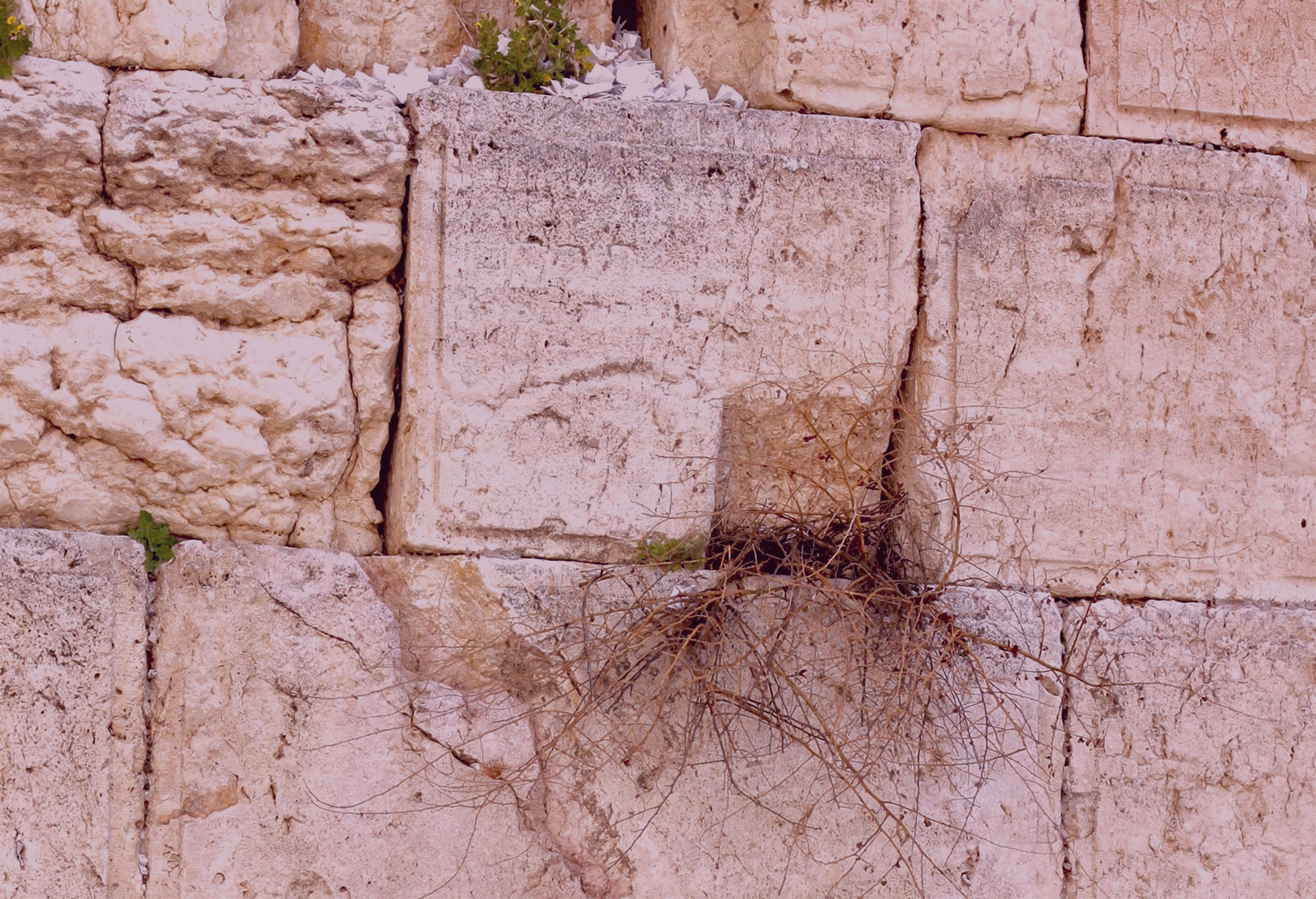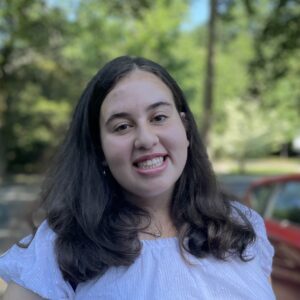I’ve never really connected to prayer. Many mornings at my Orthodox Jewish middle and high school, I would sit scrolling through Instagram, or spaced out into the far-off world inside my head, as mandatory daily services took place around me.
My disengagement showed me that something wasn’t working. I understood my core values and deep-rooted desire to connect to a tradition larger than myself, but consistently failed to identify with a system that made me feel as if I needed to give up a piece of myself for full inclusion. So, this year, I am devoting time, energy and effort to figuring out a sustainable practice of Judaism that feels both authentic to my values and intellectually honest with Jewish tradition. As part of that venture, I set an alarm for 5:30 in the morning on Rosh Chodesh Kislev to pray at the Kotel with Women of the Wall.
Women of the Wall is “a group of Jewish women from Israel and around the world who strive to achieve the right to wear prayer shawls, pray and read from the Torah collectively and out loud at the Western Wall (Kotel).” At the center of much Israeli political and social controversy, the group gathers at the start of every Jewish month, on Rosh Chodesh, for communal morning prayer.
As I approached the Kotel plaza, winding my way through calm Jerusalem streets, a sea of black hats abruptly interrupted my view. The standard Kotel security felt more intrusive than I was accustomed to, taking the time to thoroughly dig through every item in my small backpack. I had entered ahead of the organized Women of the Wall procession, so I had time to take in the sights. Lines of Israeli soldiers, their elbows linked together, formed a human barricade in an attempt to contain the aggressive crowds of protestors. Haredi boys, who looked as young as six years old, held signs that read, “There is one type of Judaism, but many types of leftists.”
Pushing my way through the plaza towards the women’s section, I was amazed by the sheer amount of effort invested in obstructing a genuine expression of religion. In addition to those loudly heckling, hundreds of men stood casually in the way of the women’s section, exploiting their bodies for use as physical deterrents from prayer.
Once the Women of the Wall procession arrived, we gathered in a barricaded area on the far side of the women’s section, distanced from the mechitza and not even next to the Wall itself. When we began the Rosh Chodesh service, other women blew whistles in protest from just a few feet away. Groups screamed in unison, shamelessly aiming to drown out our songs of prayer.
Overall, I wouldn’t describe my experience praying with Women of the Wall as pleasant. Power seemed to oscillate back and forth between voices of protest and voices of prayer. If this was a struggle for the right to pray together as women at the Kotel, it didn’t feel like we were winning. And then, when we reached the Shema, our voices and our power converged into one.
Shema Yisrael Adonai eloheinu Adonai echad.
Hear O Israel, the Lord is our God, the Lord is One.
This prayer had an audience. We were making a statement to those around us, men and women alike, who denied our access to a God they viewed as theirs alone. The literal meaning of the words of the Shema felt pressingly relevant.
Recently, I took a tour of an exhibit at the Israel Museum titled Hear, O Israel: The Magic of the Shema, as part of the Maharat Emerging Scholars in Israel fellowship. Curator Nancy Benovitz explained that mystical properties have traditionally been associated with the Shema. In ancient times, Jewish amulets intended to ward off demonic figures were often engraved with the words of the Shema. Today, the words of the Shema sit encased within mezuzot, resting on door frames and serving as protection as we transition from domain to domain.
Efforts toward change require navigation through liminal spaces. In order to push boundaries, comfort zones sometimes need to be left behind. As I explore my personal relationship with religious practice, and with prayer specifically, I feel confronted by the amount of choice that I face. The practices that I had known as my default are now active decisions that I need to empower myself to make. On a larger scale, change obligates an abandonment of assumptions. Core beliefs must be interrogated to drive movement, and that can be scary.
I can envision a more equitable Jewish religious future. One in which all who wish are free to pray how they want and where they want. And, to take the vision one step further, I can hope for a future in which that flexibility in religious expression doesn’t offend; rather, it more expansively includes. But my vision can’t stand on its own, for the values at its core—the values of pluralism, inclusion, and trust—do not yet have enough communal support to lean on.
The Shema offers a guiding light for turbulent and sometimes-tricky transitional times. At the center of the Shema’s message lies an emphasis on unity. The emphasis on unity serves as a reminder that fissures and divisions are not static, but dynamic; at some fundamental level, beneath the surface-level tension, there is a powerful, unifying force at play. Even when it feels as if different factions are speaking entirely different languages and working towards competing goals, the Shema depicts these divisions as expressions of an inner unity. As I continue my distinct yet interwoven pursuits of building an equitable communal Jewish future while identifying a sustainable personal practice, the Shema prompts me to keep my eyes open and never stop seeking. That is the magic of the Shema.
Women of the Wall spearheaded a decades-long undertaking to make the Kotel a more inclusive space. When I prayed with Women of the Wall, amidst disruption, chaos, politics and animosity, the Shema created a transcendent moment of clarity. Now, as I experience the liminality of a gap year between high school and college—and the liminality of a search for religious fulfillment—I look towards the Shema with a renewed sense of hope, appreciating its message of oneness as a beacon.

